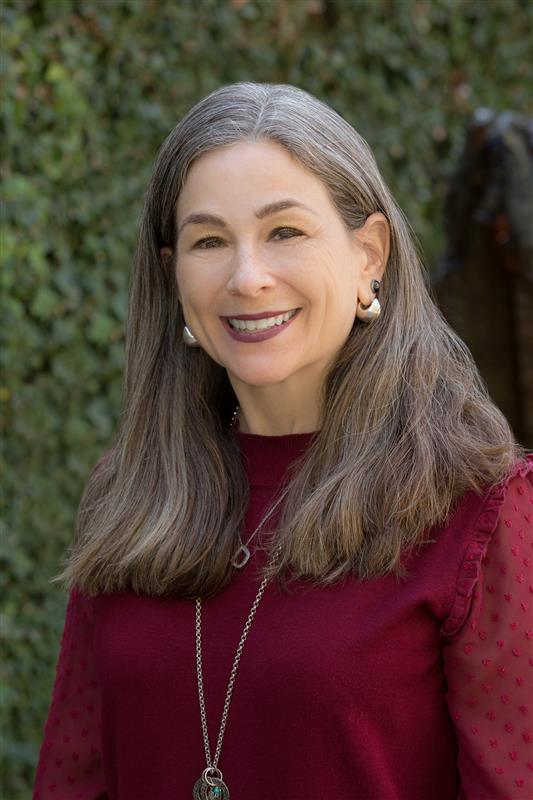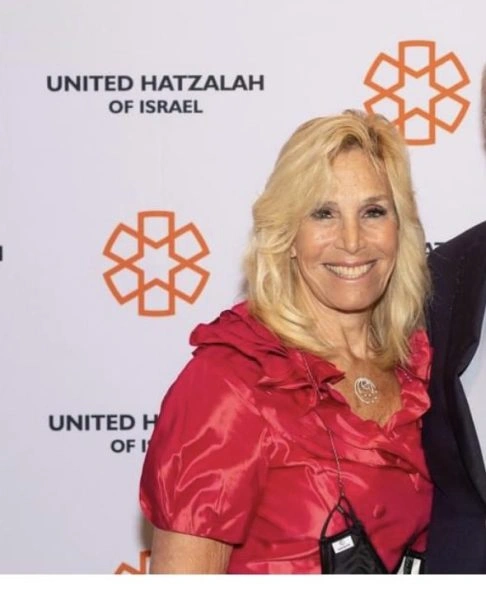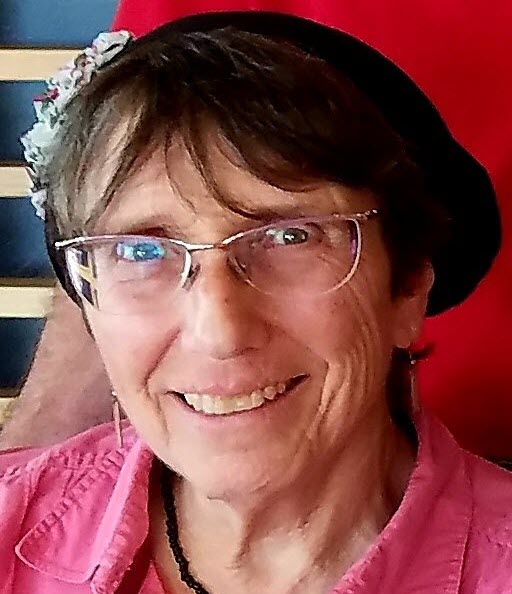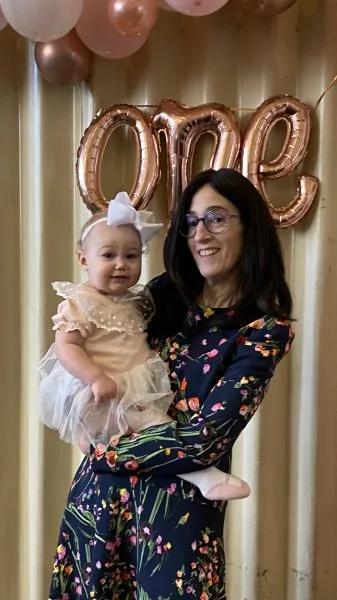Bava Batra 103
אֵין נִמְדָּדִין עִמָּהּ. פָּחוֹת מִכָּאן – נִמְדָּדִין עִמָּהּ.
they are not measured together with the rest of the field. If the crevices or rocks were less than ten handbreadths, they are measured together with the rest of the field.
וְאַמַּאי? לִיקְדְּשׁוּ בְּאַנְפֵּי נַפְשַׁיְיהוּ! וְכִי תֵּימָא: כֵּיוָן דְּלָא הָוֵי בֵּית כּוֹר, לָא קָדְשִׁי;
The Gemara asks: But why are the crevices that are deeper and the rocks that are higher than ten handbreadths not measured with the rest of the field? Let them at least be consecrated separately and require their own redemption. And if you would say that since they are not the size of a beit kor, they cannot be consecrated, there is a difficulty.
וְהָא תַּנְיָא: ״שָׂדֶה״ – מָה תַּלְמוּד לוֹמַר? לְפִי שֶׁנֶּאֱמַר: ״זֶרַע חֹמֶר שְׂעֹרִים בַּחֲמִשִּׁים שֶׁקֶל כָּסֶף״; אֵין לִי אֶלָּא שֶׁהִקְדִּישׁ בָּעִנְיָן הַזֶּה,
But isn’t it taught in a baraita concerning the verse: “And if he that sanctified the field will redeem it” (Leviticus 27:19): Why must the verse state the word “field”? Since the previous verses are all discussing a field, it would have sufficed for this verse to refer to the field with the pronoun: It. Rather, as it is stated in an earlier verse: “Then your valuation shall be according to the seed required for it; a ḥomer of barley seed shall be valued at fifty shekels of silver” (Leviticus 27:16), I have derived only the halakha in the case of one who consecrated in this manner, i.e., an area fit to sow a ḥomer of barley seed.
מִנַּיִן לְרַבּוֹת לֶתֶךְ וַחֲצִי לֶתֶךְ, סְאָה, תַּרְקַב וַחֲצִי תַּרְקַב? תַּלְמוּד לוֹמַר: ״שָׂדֶה״, מִכׇּל מָקוֹם!
The baraita continues: From where do I learn that this halakha is also meant to include the case of one who consecrated a smaller area, e.g., an area fit to sow a letekh, i.e., a half-kor, a half-letekh, a se’a, a tarkav, and a half-tarkav? From where is it derived that these smaller plots of land can also be consecrated and redeemed in accordance with the fixed values stated in the Torah? The verse states: “A field,” teaching that this halakha applies in any case of a field, even to smaller plots.
אָמַר רַב עוּקְבָא בַּר חָמָא: הָכָא בִּנְקָעִים מְלֵאִים מַיִם עָסְקִינַן, דְּלָאו בְּנֵי זְרִיעָה נִינְהוּ. דַּיְקָא נָמֵי, דְּקָתָנֵי דּוּמְיָא דִסְלָעִים; שְׁמַע מִינַּהּ.
Rav Ukva bar Ḥama said: Here, in the mishna in Arakhin, we are dealing with crevices filled with water. Being that they are not fit for sowing, they cannot be consecrated, as the verse states: “Then your valuation shall be according to the seed required for it” (Leviticus 27:16). The Gemara comments: The language of the mishna is also precise according to this interpretation, as it teaches the halakha about crevices that are similar to rocks, which are certainly not fit for sowing. The Gemara affirms: Learn from this that this explanation is correct.
אִי הָכִי, אֲפִילּוּ פָּחוֹת מִכָּאן נָמֵי! הָנְהוּ ״נְגָאנֵי דְאַרְעָא״ מִיקְּרוּ; ״שִׁדְרֵי דְאַרְעָא״ מִיקְּרוּ.
The Gemara raises a difficulty: If this is so, that the crevices and rocks of the mishna are excluded from being consecrated because they are unfit for sowing, then even if they are less than ten handbreadths in depth or height, they also should not be consecrated. The Gemara answers: If the crevices or rocks are less than ten handbreadths deep or high, these crevices are called the cracks of the earth, and these rocks are called the spines [shidrei] of the earth. In other words, since they are considered standard features of the field and do not constitute separate areas, they are consecrated together with the rest of the field.
הָכָא מַאי? אֲמַר רַב פָּפָּא: אַף עַל פִּי שֶׁאֵין מְלֵאִים מַיִם. מַאי טַעְמָא? אֵין אָדָם רוֹצֶה שֶׁיִּתֵּן מְעוֹתָיו בִּמְקוֹם אֶחָד, וְיֵרָאוּ לוֹ כִּשְׁנַיִם וּשְׁלֹשָׁה מְקוֹמוֹת.
The Gemara asks: The halakha stated above was taught with regard to consecrated property. Here, in the case of a sale of land, with regard to which the mishna teaches that crevices ten handbreadths deep are not measured along with the land, what is the halakha? Does that halakha apply only when the crevices are filled with water? Rav Pappa said: Even if they are not filled with water they are not considered part of the field. What is the reason that in the case of a sale crevices are not considered part of the field even if they are not filled with water? Because a person buying a field does not want to give his money for the purchase of one plot when it appears to him like two or three different plots due to differences in the height of the terrain. Therefore, those crevices that are ten handbreadths deep are not measured along with the rest of the field, regardless of whether or not they are filled with water.
מַתְקֵיף לַהּ רָבִינָא: וְהָא דּוּמְיָא דִּסְלָעִים קָתָנֵי – מָה סְלָעִים דְּלָאו בְּנֵי זְרִיעָה נִינְהוּ, אַף הָנֵי נָמֵי דְּלָאו בְּנֵי זְרִיעָה נִינְהוּ! כִּי קָתָנֵי דּוּמְיָא דִּסְלָעִים – אַפָּחוֹת מִכָּאן.
Ravina objects to this: But the mishna teaches the halakha about crevices in a manner indicating that they are similar to the rocks discussed in the mishna. Just as rocks are not fit for sowing, so too, these crevices are such that they are not fit for sowing. But if they are not filled with water, and are therefore fit for sowing, then even if they are lower than the rest of the field, they should be included in the sale. The Gemara replies: When the mishna teaches the halakha about crevices in a manner indicating that they are similar to the rocks discussed in the mishna, it teaches about crevices that are less than that, i.e., less than ten handbreadths deep. In such a case, even if they are not fit for sowing, they are measured along with the rest of the field.
פָּחוֹת מִכָּאן נִמְדָּדִין עִמָּהּ. אָמַר רַבִּי יִצְחָק: טְרָשִׁים שֶׁאָמְרוּ – בֵּית אַרְבַּעַת קַבִּין. אָמַר רַב עוּקְבָא בַּר חָמָא: וְהוּא שֶׁמּוּבְלָעִין בַּחֲמֵשֶׁת קַבִּין. רַב חִיָּיא בַּר אַבָּא אָמַר רַבִּי יוֹחָנָן: וְהוּא שֶׁמּוּבְלָעִין בְּרוּבָּהּ שֶׁל שָׂדֶה.
§ The mishna teaches that if the crevices or rocks in the field measured less than ten handbreadths, they are measured together with the rest of the field. Rabbi Yitzḥak says: The rocks or crevices that measure less than ten handbreadths that the Sages said are measured together with the rest of the field must not measure more than an area required for sowing four kav of seed within an area required for sowing a kor. Rav Ukva bar Ḥama says: This applies specifically where the rocks are scattered throughout an area required for sowing five kav. Rav Ḥiyya bar Abba says that Rabbi Yoḥanan says: This applies specifically where the rocks are scattered throughout the greater part of the field.
בָּעֵי רַב חִיָּיא בַּר אַבָּא: רוּבָּן בְּמִעוּטָהּ, וּמִעוּטָן בְּרוּבָּהּ, מַהוּ? תֵּיקוּ.
Rabbi Ḥiyya bar Abba raises a dilemma with regard to the halakha taught in the name of Rabbi Yoḥanan: If the majority of the rocks are scattered throughout the smaller part of the field, and the minority of the rocks are scattered throughout the greater part of the field, what is the halakha? The Gemara answers: The dilemma shall stand unresolved, as no answer was found.
בָּעֵי רַבִּי יִרְמְיָה:
Rabbi Yirmeya raises another dilemma:
כְּשִׁיר מַהוּ? כְּשׁוּרָה מַהוּ? אִיצְטְדִינִין מַהוּ? דֶּרֶךְ עֲקַלָּתוֹן מַהוּ? תֵּיקוּ.
If the rocks are scattered throughout the greater part of the field but are arranged like a ring, what is the halakha? If the rocks stand in a row, what is the halakha? If the rocks form an angle, what is the halakha? If they are arranged in the shape of a crooked path, what is the halakha? The Gemara states: All these dilemmas shall stand unresolved.
תָּנָא: אִם הָיָה סֶלַע יְחִידִי, אֲפִילּוּ כָּל שֶׁהוּא – אֵין נִמְדָּד עִמָּהּ. וְאִם הָיָה סָמוּךְ לַמֶּצֶר, אֲפִילּוּ כָּל שֶׁהוּא – אֵין נִמְדָּד עִמָּהּ.
A Sage taught in a baraita: If there is a solitary rock on the outskirts of the field, even if it is of a minimal size, it is not measured together with the rest of the field. And further, if that rock is adjacent to the field’s border, even if it is of a minimal size, it is not measured together with the rest of the field.
בָּעֵי רַב פָּפָּא: מוּפְסָק עָפָר בֵּינְתַיִם, מַהוּ? תֵּיקוּ. בָּעֵי רַב אָשֵׁי: עָפָר מִלְּמַטָּה וְצוּנְמָא לְמַעְלָה; עָפָר מִלְּמַעְלָה וְצוּנְמָא מִלְּמַטָּה – מַהוּ? תֵּיקוּ.
Rav Pappa raises a dilemma: If earth intervenes between the rock and the border of the field, so that the rock does not actually touch the border, what is the halakha? The Gemara states: This dilemma as well shall stand unresolved. Rav Ashi raises another dilemma: If there was a layer of earth below and rock above, or earth above and rock below, what is the halakha? The Gemara states: This dilemma as well shall stand unresolved.
מַתְנִי׳ ״בֵּית כּוֹר עָפָר אֲנִי מוֹכֵר לָךְ – מִדָּה בְּחֶבֶל״, פִּיחֵת כׇּל שֶׁהוּא – יְנַכֶּה, הוֹתִיר כׇּל שֶׁהוּא – יַחֲזִיר. וְאִם אָמַר: ״הֵן חָסֵר הֵן יָתֵר״, אֲפִילּוּ פִּיחֵת רוֹבַע לִסְאָה, אוֹ הוֹתִיר רוֹבַע לִסְאָה – הִגִּיעוֹ. יוֹתֵר מִכָּאן, יַעֲשֶׂה חֶשְׁבּוֹן.
MISHNA: If one says to another: I am selling you a plot of earth the size of a beit kor, measured precisely with a rope, and he gave him even the slightest amount less than what was stipulated, the seller must deduct the difference from the purchase price of the field and return money to the buyer. If he gave him even the slightest amount more than what was stipulated, the buyer must return the difference to the seller. And if the seller said to the buyer that he is selling him a beit kor of land more or less, then even if he gave him a quarter-kav per se’a less than what was stipulated, or he gave him a quarter-kav per se’a more that what was stipulated, i.e., he gave him one twenty-fourth more or less than what was required, it is his. The sale is valid, since the seller told the buyer in advance that he was not committing himself to precise measurements. If the difference is greater than that amount, he must make a calculation, and the party that suffered a loss must be compensated.
מָה הוּא מַחֲזִיר לוֹ? מָעוֹת. וְאִם רָצָה, מַחֲזִיר לוֹ קַרְקַע. וְלָמָה אָמְרוּ מַחֲזִיר לוֹ מָעוֹת? לְיַיפּוֹת כֹּחוֹ שֶׁל מוֹכֵר – שֶׁאִם שִׁיֵּיר בַּשָּׂדֶה בֵּית תִּשְׁעָה קַבִּין, וּבַגִּינָּה בֵּית חֲצִי קַב; וּכְדִבְרֵי רַבִּי עֲקִיבָא – בֵּית רוֹבַע; מַחֲזִיר לוֹ אֶת הַקַּרְקַע. וְלֹא אֶת הָרוֹבַע בִּלְבַד הוּא מַחֲזִיר, אֶלָּא אֶת כָּל הַמּוֹתָר.
If the buyer received too much land, so that he must now compensate the seller, what does he return to him? He returns money, i.e., he pays the seller for the surplus land. And if the seller so wishes, the buyer returns the surplus land to him. Why then did the Sages say that he returns money to him? They said this in order to enhance the power of the seller, and enable him to demand payment for the surplus land, rather than accept its return. As, if the surplus in the field was an area required for sowing nine kav of seed, and in a garden an area required for sowing a half-kav of seed, or, according to the statement of Rabbi Akiva, an area required for sowing a quarter–kav of seed (see 11a), the buyer must return the land itself to the seller, and the seller cannot demand payment in money. And if the surplus is greater than a quarter-kav per se’a, it is not only the quarter–kav that he returns; rather, he returns all of the surplus. Since he is already required to make a refund, the refund must be made in the precise amount.
גְּמָ׳ אִיבַּעְיָא לְהוּ: ״בֵּית כּוֹר״ סְתָמָא, מַאי? תָּא שְׁמַע: ״בֵּית כּוֹר עָפָר אֲנִי מוֹכֵר לָךְ – מִדָּה בְּחֶבֶל״,
GEMARA: The mishna considers two cases of selling a beit kor of land: First, where the seller said that he is selling a beit kor measured precisely with a rope, in which case a refund must be made no matter how small the deviation; and second, where the seller said that he is selling a beit kor more or less, in which case the sale is valid as long as the deviation is no more than a quarter-kav per se’a. In connection with these cases, a dilemma was raised before the Sages: If one says he is selling a beit kor of land, and he said this without any further specification, what is the halakha? The Gemara suggests: Come and hear a solution from what was taught in the mishna: If one says to another: I am selling you a plot of earth the size of a beit kor, measured precisely with a rope,























